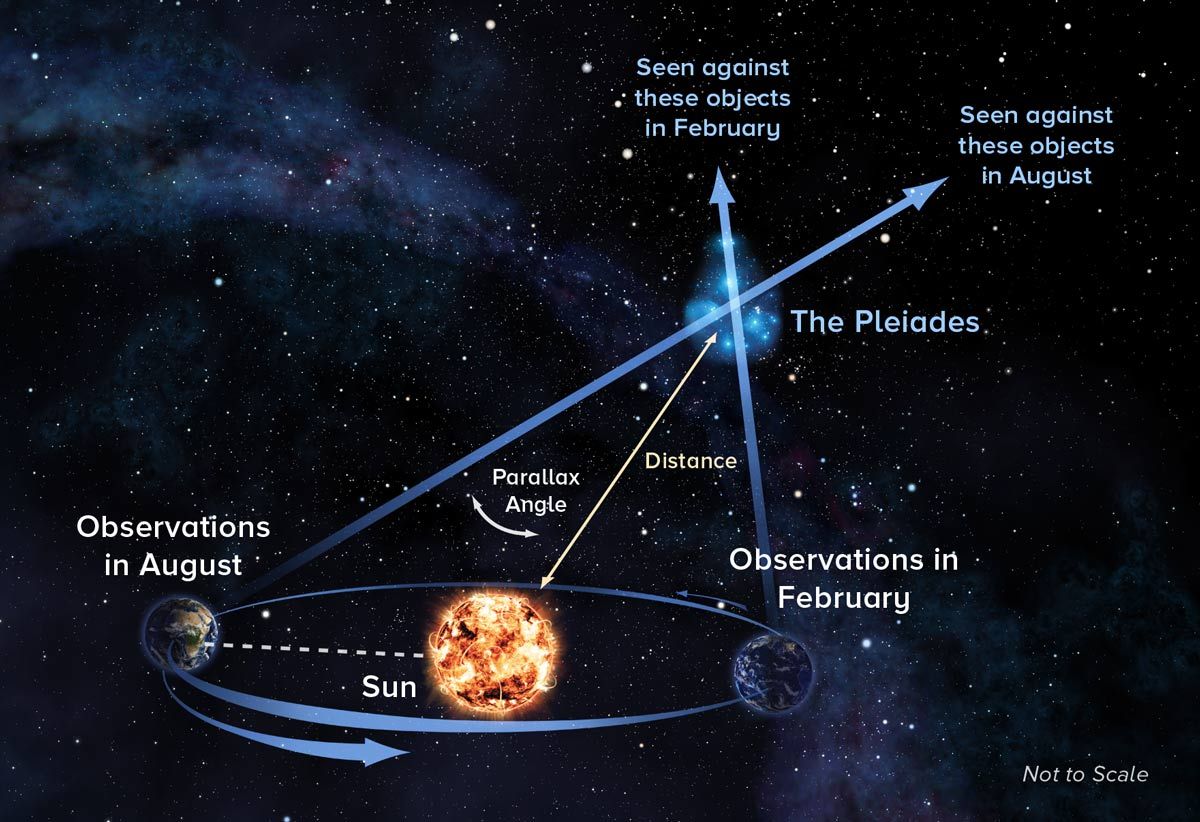The Woman Who Gave Us A Measuring Stick For The Heavens.

Henrietta Swan Leavitt was born July 4, 1868 in Lancaster Massachusetts, daughter of a Congressional Minister she grew up and attended Radcliffe College. Here she discovered astronomy and after graduating volunteered at Harvard College Observatory as a computer for seven years, eventually being appointed to permanent staff under Edward Pickering.
Edward Charles Pickering became the director of the Harvard Observatory in 1876, and for the time was considered a progressive because he opened up the department to use women as “computers”. The story goes that Pickering fired his assistant, deeming him incapable of cataloging all the photos his department was taking of the night sky. He replaced him with his maid Williamina Fleming, who showed such skill and attention to detail that Pickering went and hired over 80 women throughout his tenure. These female “computers” cataloged over 800 thousand photos, while only being paid 25 to 30 cents an hour, 6 days a week (less than half of what a man would have been paid).
Once hired Henrietta Leavitt was given the particular assignment of cataloging Cepheid Variable Stars, which are a class of star that change in brightness over a period of time. She was tasked with pouring over thousands of pictures to record and calculate how bright these stars were and the length of their cycle, needless to say this was a very tedious and detail orientated job. To fully understand the magnitude of her work, let me explain the level that astronomy was at during this time.
Figure 1 below shoes the parallax angle, which when found and factored with the distance from the sun, enables us to calculate the distance to an object using geometry. This method however, is only effective when finding the distance to an object within 300 light years. The reason being that the farther an object is the smaller this angle gets, to the point where it is undetectable. Considering that the nearest galaxy is 25,000 light years away, there were not many tools available for astronomers at the time. Henrietta was dissatisfied with the inaccuracy of her work, as there was no way of knowing if a star was truly dim or just far away.

For her assignment she would record her findings and plot the data on graphs like in Figure 2:, which shows the brightness of the star on the vertical axis, and length of cycle on the horizontal axis.

Henrietta noticed that the brightest stars tended to have the longest cycles, and pointed out that it would just take finding the parallax of one of her stars to calibrate the data. A couple years later Ejnar Hertzsprung did just that. Henrietta Leavitt laid down the foundation for the subsequent findings throughout the 19th and 20th century. Most notably Edwin Hubble (yes the one the telescope is named after) used her findings to demonstrate how big the universe was, and showed other astronomers that the distant fuzzy objects they observed in the sky were really distant galaxy’s way beyond the Milky Way. Henrietta was too smart not to know that she was being paid less than a man, but the unfairness of her situation did not deter her from performing her job with excellence. She embraced her passion and never settled for her role, brilliantly seeing what others had missed. Life is almost never fair, and the excuses we make for the actions we don’t take can only hold ourselves back. Henreitta Leavitt had an absolute commitment to her work, which was deemed by others as clerical, but through which she paved the way for us to have an incredible scope of the universe we are in. Even today the steps we can use to determine the distance to a Cepheid star are as follows
a) Measure the period of the star. b) Use Leavitt’s graph to determine how bright it really is. c) Measure how bright it appears and determine its distance.
I hope you enjoyed this article, consider subscribing so I can let you know when I publish more!
Louis.